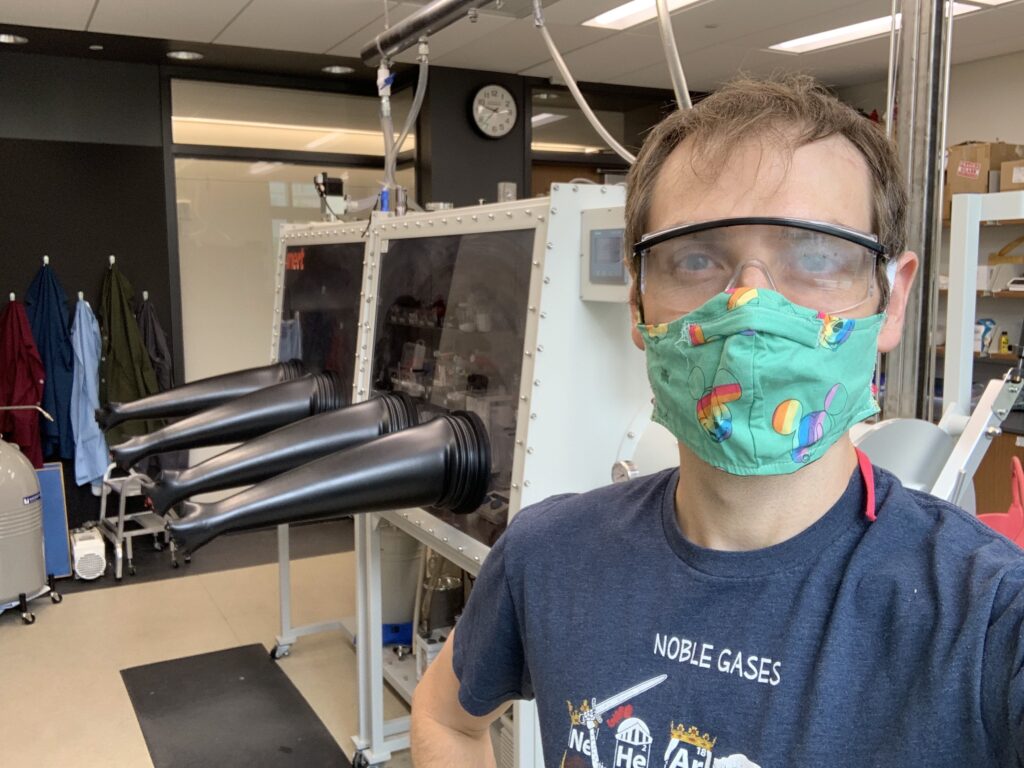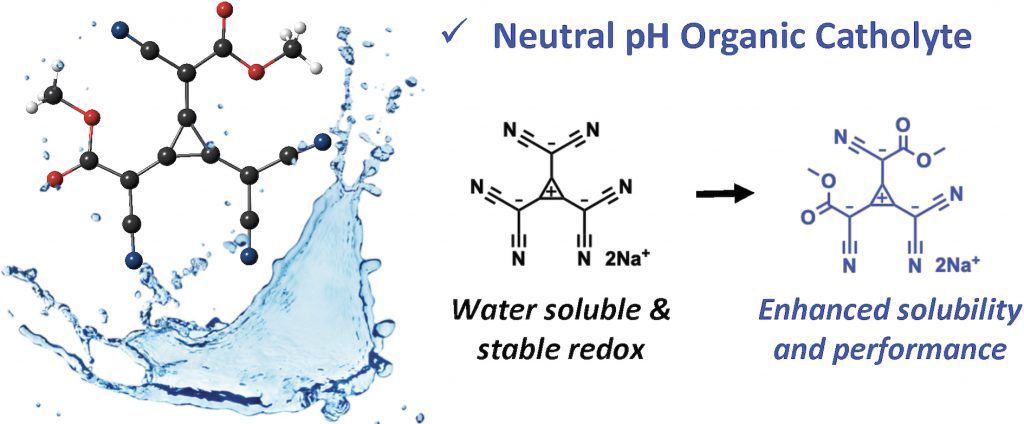Most surprising to me, but probably to you as well, is that this summer has been pretty productive. We’ve submitted two structures to the Cambridge Structural Database as CSD Communications, are working on two papers for IUCrData, and might finish a few more after our research time officially ends. But most importantly, all the structures in the Anstey Group Catalog are now done and ready for publishing!
Here’s a look at the structures we posted up on the CSD. Enjoy!


Hannah H. Mallard, Mitchell R. Anstey, Nicholas D. Kennedy, Nathan A. Rudman, Alexa M. Greenwood, Corey E. Angle, Jonathan Nicoleau, Nicole A. Torquato, Michael R. Gau, Patrick J. Carroll, CCDC 2015021: CSD Communication, 2020, DOI: 10.5517/ccdc.csd.cc25msp9 link

Aislinn C. Whalen, Mitchell R. Anstey, Claudia Hernandez Brito, Kyoung Hun Choi, Ellen J. T. Warner, David Thole, Michael R. Gau, Patrick J. Carroll, CCDC 2018922: CSD Communication, 2020, DOI: 10.5517/ccdc.csd.cc25rvjb

Mitchell Anstey, CCDC 2018924: CSD Communication, 2020, DOI: 10.5517/ccdc.csd.cc25rvld













